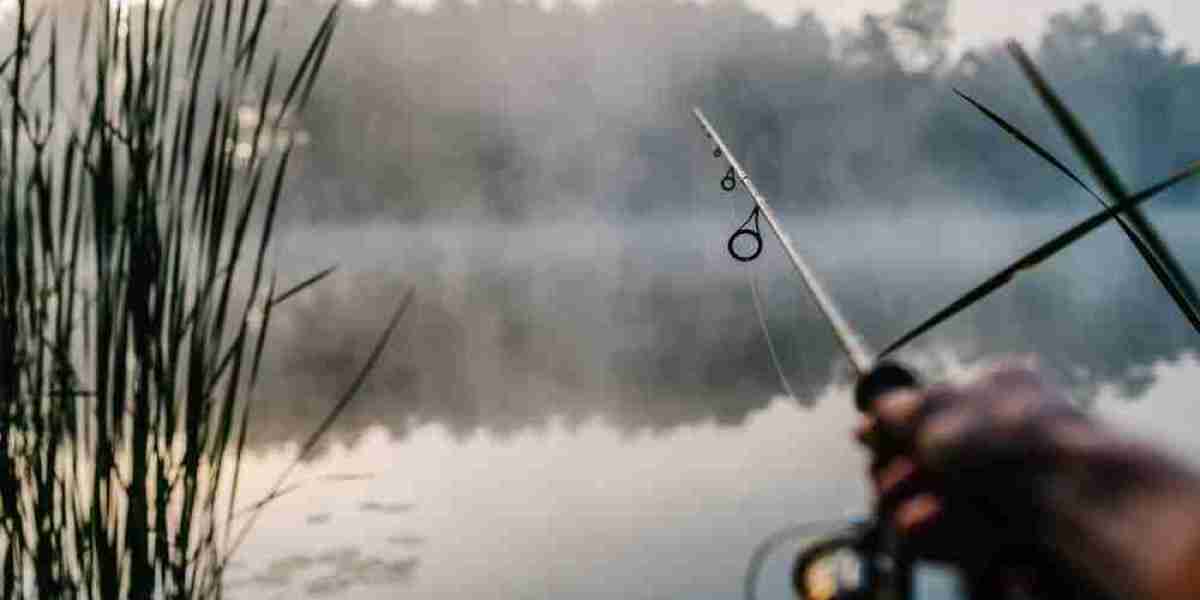Fishing is an art that requires skill, patience, and the right equipment. One of the most crucial aspects of a successful fishing trip is setting up your fishing rig correctly based on the conditions you’ll be fishing in. Whether you’re targeting the fastest fish in the ocean or looking to reel in the prized redfish in Florida, understanding how to set up your rig properly will greatly enhance your chances of success.
Understanding Fishing Rigs
A fishing rig is the combination of hooks, sinkers, bobbers, swivels, and bait that you attach to your fishing line. The right setup varies depending on the type of fish you are targeting and the environment you are fishing in. Factors such as water depth, current speed, and clarity all play a role in determining the most effective rig.
Types of Fishing Rigs for Different Conditions
1. Bottom Fishing Rig
Bottom fishing rigs are best used in deep water where fish tend to stay near the seabed. This setup typically includes a weight attached to the bottom of the line with one or more hooks positioned above it.
Best Conditions:
- Deep lakes, rivers, and ocean fishing
- Slow-moving or still waters
- Targeting bottom-dwelling fish such as catfish, snapper, and redfish in Florida
Setup Steps:
- Tie a sinker to the bottom of your line.
- Attach a swivel above the sinker to prevent line twisting.
- Use a leader line to connect a hook above the weight.
- Bait the hook with live or cut bait for better results.
2. Float Rig (Bobber Rig)
A float rig is perfect for fishing in shallow waters or when targeting fish that swim near the surface. This setup allows you to suspend bait at a desired depth without it sinking to the bottom.
Best Conditions:
- Shallow lakes, ponds, and rivers
- Calm or slow-moving waters
- Targeting fish such as trout, crappie, and bluegill
Setup Steps:
- Attach a bobber to your line at the depth you want your bait to be.
- Tie a hook at the end of the line.
- Use a small split shot sinker if needed to keep the bait at the right depth.
- Bait the hook with worms, minnows, or artificial lures.
3. Carolina Rig
The Carolina rig is a versatile setup used in both freshwater and saltwater fishing. It allows the bait to move naturally while keeping the weight anchored to the bottom.
Best Conditions:
- Areas with structure like rocks, reefs, or submerged logs
- Slow to moderate currents
- Targeting bass, flounder, and other bottom-feeders
Setup Steps:
- Slide a bullet weight onto your main fishing line.
- Attach a bead to protect the knot from the weight.
- Tie a swivel to the end of the main line.
- Attach a leader line (12-24 inches) to the swivel and tie a hook at the end.
- Use soft plastic baits, live bait, or artificial lures.
4. Drop Shot Rig
The drop shot rig is excellent for fishing in deep, clear waters where fish are suspended above the bottom.
Best Conditions:
- Clear lakes and reservoirs
- Vertical fishing from boats or piers
- Targeting species like bass, perch, and walleye
Setup Steps:
- Tie a hook to the main line using a Palomar knot, leaving a long tag end.
- Attach a weight to the tag end 12-18 inches below the hook.
- Use small soft plastics or live bait for best results.
5. Trolling Rig
Trolling rigs are used for catching fast-moving fish in open water. This method involves dragging baited lines behind a moving boat.
Best Conditions:
- Large lakes, rivers, and offshore waters
- Targeting fast fish like tuna, wahoo, and kingfish
- Moderate to strong currents
Setup Steps:
- Use a strong fishing rod and reel with a high line capacity.
- Attach a heavy-duty swivel to prevent line twists.
- Use a leader line with a strong hook.
- Troll with live bait or artificial lures at varying depths.
Choosing the Right Bait and Lures
Different fishing rigs require different baits and lures to be effective. Here are some general guidelines:
- Live bait (worms, minnows, shrimp) works best for natural movement and scent.
- Artificial lures (spoons, jigs, soft plastics) are great for attracting the fastest fish.
- Cut bait (pieces of fish or squid) is ideal for bottom fishing.
- Topwater lures mimic fleeing prey and work well for aggressive fish.
Adjusting Your Rig for Weather Conditions
Windy Conditions
- Use heavier weights to keep your bait in place.
- Opt for bottom rigs to prevent excessive movement.
- Cast against the wind for better accuracy.
Rainy Conditions
- Fish tend to be more active, so try faster-moving lures.
- Use bright-colored baits for better visibility.
Clear vs. Murky Water
- In clear water, use natural-colored lures and lighter lines.
- In murky water, opt for darker lures and stronger scent-based baits.
Final Tips for a Successful Fishing Trip
- Always check local fishing regulations before heading out.
- Maintain your fishing gear regularly to ensure durability.
- Experiment with different rigs to find what works best in your location.
- Stay patient and observant, as fish behavior can change with conditions.
FAQs
What is the best fishing rig for beginners?
The bobber rig is the easiest to set up and is great for beginners targeting panfish and trout.
How do I prevent my fishing line from tangling?
Use swivels, proper line management techniques, and avoid using too much slack in your line.
What is the fastest fish I can catch while trolling?
Some of the fastest fish caught while trolling include wahoo, tuna, and kingfish.
How do I choose the right hook size for my rig?
Match the hook size to the bait and the fish species you are targeting. Larger fish require bigger hooks.
What rig should I use for catching redfish in Florida?
The Carolina rig is an excellent choice for targeting redfish in Florida, as it allows the bait to move naturally along the bottom.




